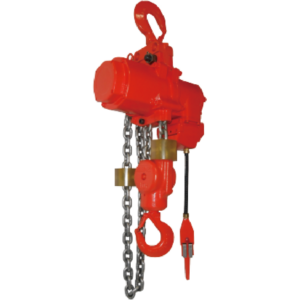Lifting, Pulling & Positioning
Showing all 5 results
- Hoists, Industrial Machinery, Lifting, Pulling & Positioning

AIR HOIST VHX series – SAN-EI SEIKI SEISAKUSHO CO. LTD.
- Hoists, Industrial Machinery, Lifting, Pulling & Positioning

AIR HOIST VLX SERIES – SAN-EI SEIKI SEISAKUSHO CO. LTD.
- Hoists, Industrial Machinery, Lifting, Pulling & Positioning

AIR HOIST VMX SERIES – SAN-EI SEIKI SEISAKUSHO CO. LTD.
Are you looking for a Lifting, Pulling & Positioning product?
1. Load Capacity and Range
Evaluate the load capacity and range of the lifting, pulling, and positioning equipment. Consider factors such as the maximum weight capacity, lifting height or distance, and the flexibility to handle various load sizes and shapes. Ensure that the equipment can meet your specific lifting and positioning requirements.
2. Power Source and Operation
Consider the power source and operation methods of the equipment. Determine whether you need manual, electric, hydraulic, or pneumatic equipment based on your application needs and available resources. Evaluate factors such as ease of use, control options, and the availability of power sources in your facility.
3. Safety Features and Compliance
Ensure that the lifting, pulling, and positioning equipment adhere to safety standards and regulations. Look for features such as overload protection, safety locks, emergency stop mechanisms, and compliance with relevant safety certifications. Prioritize the safety of operators and compliance with workplace safety guidelines.
4. Versatility and Adaptability
Assess the versatility and adaptability of the equipment to different working environments and applications. Consider factors such as adjustable features, interchangeable attachments or accessories, and compatibility with other equipment or systems. Choose equipment that offers flexibility and can accommodate changing operational needs.
5. Durability and Maintenance
Evaluate the durability and maintenance requirements of the equipment. Consider factors such as the quality of materials used, corrosion resistance, and the availability of spare parts. Additionally, assess the ease of maintenance, regular inspection requirements, and the manufacturer’s reputation for reliability and support.

